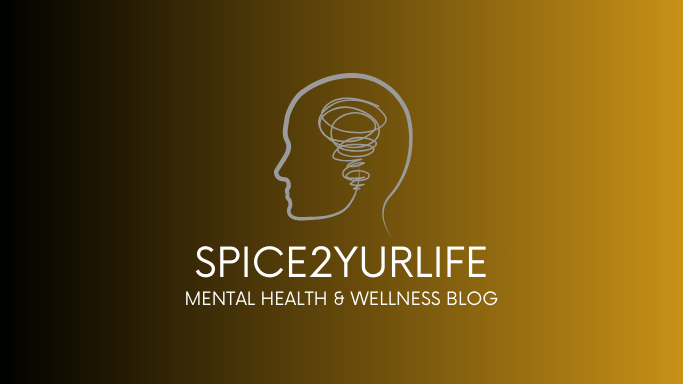Education is a fundamental right for every child, regardless of their abilities or disabilities. In the United States, the Individuals with Disabilities Education Act (IDEA) ensures that students with disabilities have access to a free and appropriate public education. One of the key components of IDEA is the Individualized Education Program (IEP), a crucial document that outlines the educational plan for a student with disabilities. In this blog post, we will explore the legal rights of students with disabilities, with a focus on navigating the IEP maze.
Understanding IDEA
The Individuals with Disabilities Education Act (IDEA) is a federal law that ensures students with disabilities receive special education services and related supports to meet their unique educational needs. IDEA covers children from birth to age 21 and mandates that students with disabilities receive a free and appropriate public education (FAPE) in the least restrictive environment (LRE).
The IEP: A Roadmap to Success
At the heart of IDEA is the Individualized Education Program (IEP). An IEP is a legally binding document that outlines a student's educational goals, the services and supports they will receive, and how progress will be measured. It is a collaborative effort involving parents, teachers, special education professionals, and the student (when appropriate). Here are the key components of an IEP:
1. Present Level of Performance (PLOP): This section describes the student's current academic and functional abilities.
2. Annual Goals: The IEP sets specific, measurable, and attainable goals for the student to achieve within a year.
3. Services and Supports: It outlines the special education services, related services (like speech therapy or occupational therapy), and accommodations or modifications the student will receive.
4. Participation in General Education: The IEP specifies how much time the student will spend in regular education classes and in special education settings.
5. Evaluation and Progress Monitoring: It defines how progress towards goals will be measured and reported.
Navigating the IEP Maze
1. Know Your Rights: As a parent or guardian of a child with a disability, it's essential to educate yourself about your rights and your child's rights under IDEA. Familiarize yourself with the law and stay informed about any updates or changes.
2. Build a Strong Team: Collaborate closely with your child's school and educators. Establish a strong partnership with the special education team, teachers, and school administrators. Open communication is key.
3. Be Actively Involved: Attend IEP meetings and actively participate in the development and review of your child's IEP. Your input is valuable in shaping your child's educational plan.
4. Seek Expert Advice: If you are unsure about your child's needs or the services they require, consider seeking advice from professionals such as special education advocates or attorneys specializing in disability law.
5. Monitor Progress: Regularly review your child's progress and request additional meetings or revisions to the IEP if necessary. Be vigilant in ensuring that the plan is being implemented as written.
6. Know Dispute Resolution Options: If disagreements arise between you and the school district, be aware of your options for dispute resolution, including mediation, due process hearings, or filing a complaint with your state education agency.
Navigating the IEP maze can be challenging, but it is essential to ensure that students with disabilities receive the education and support they need to succeed. Understanding the legal rights of students with disabilities under IDEA and actively participating in the IEP process are crucial steps in advocating for your child's education. Remember, you are not alone—there are resources and professionals available to help you navigate the complexities of special education law and ensure that your child receives the best possible education. By working together with your child's school, you can help pave the way for their success and future opportunities.






No comments:
Post a Comment